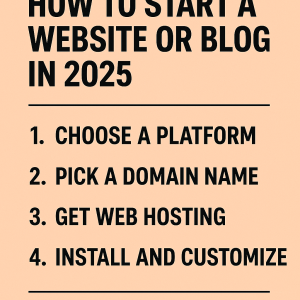Running a small business means juggling tight budgets with big ambitions. The right tools help your team communicate clearly, track work, and share knowledge—without bloated software or enterprise price tags. Below are seven affordable apps that punch above their weight for messaging, project management, docs, and meetings. Pricing changes often; check official pages for current deals and regional variations.
Quick comparison
| App | Best for | Free plan | Paid from (USD) | Platforms |
|---|---|---|---|---|
| Slack | Team messaging and channels | Yes | ~$8 user/mo | iOS, Android, Web, Desktop |
| Microsoft Teams | Chat + meetings + Microsoft 365 | Yes | ~$4 user/mo | iOS, Android, Web, Desktop |
| Google Workspace | Docs/Drive + Chat/Meet | Limited free (consumer) | ~$6 user/mo | iOS, Android, Web |
| Trello | Simple task boards (Kanban) | Yes | ~$5 user/mo | iOS, Android, Web |
| Asana | Structured project management | Yes | ~$10.99 user/mo | iOS, Android, Web |
| Notion | Team wiki + docs + light tasks | Yes | ~$8 user/mo | iOS, Android, Web, Desktop |
| ClickUp | All-in-one tasks, docs, goals | Yes | ~$7 user/mo | iOS, Android, Web, Desktop |
Note: Prices are typical list rates billed annually and may vary by region and plan. Always verify current pricing.
1) Slack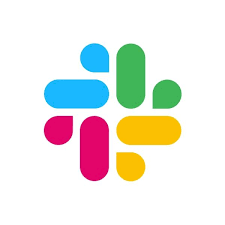
Why it’s great for small teams
Slack’s channel-based messaging keeps conversations organized by topic, client, or project. It’s intuitive, fast, and integrates with thousands of tools, so your notifications and files live in one place.
Key features
- Channels and DMs with robust search
- Huddles (quick voice/video) and clips (async video)
- App integrations: Google Drive, Asana, Trello, GitHub, and more
- Granular notifications and keyword alerts
Pricing snapshot
- Free plan with limited message history (often ~90 days) and core features
- Paid plans start around $8/user/month (billed annually)
Pro tip
Create a channel naming convention (e.g., client-xyz, proj-website, ops-finance) so new hires find information fast.
2) Microsoft Teams
Why it’s great for small teams
If you already use Microsoft 365, Teams is a no-brainer: chat, meetings, and file collaboration tied directly to Word, Excel, and OneDrive. It’s a solid all-in-one hub that scales as you grow.
Key features
- Persistent chat and threaded conversations
- Video meetings with screen share and recordings (plan-dependent)
- Deep integration with SharePoint/OneDrive and Microsoft 365 apps
- Tabs and connectors for apps like Planner, Trello, and Asana
Pricing snapshot
- Free version with core chat/meet features
- Teams Essentials from roughly $4/user/month
- Included in Microsoft 365 Business plans (from ~$6/user/month)
Pro tip
Pin your most-used channels and add Tabs for files, dashboards, or Planner boards to reduce context-switching.
3) Google Workspace (Chat, Meet, Docs, Drive)
Why it’s great for small teams
Real-time co-editing in Docs/Sheets/Slides, reliable Meet calls, and built-in Chat make Google Workspace ideal for distributed teams who live in the browser.
Key features
- Live collaboration in docs with comments and version history
- Google Meet video conferencing and calendar integration
- Drive for secure file storage and sharing
- Chat and Spaces for team conversations
Pricing snapshot
- Consumer Google accounts are free (limited business controls)
- Business Starter from around $6/user/month; higher tiers add storage, security, and recording options
Pro tip
Use Shared Drives for team-owned content so files don’t disappear when someone leaves.
4) Trello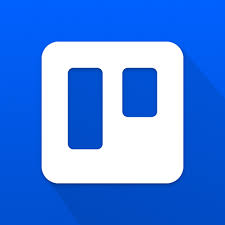
Why it’s great for small teams
Trello’s card-and-board (Kanban) layout is perfect for visual thinkers. It’s lightweight, easy to learn, and great for marketing calendars, sprint boards, and client pipelines.
Key features
- Drag-and-drop boards, lists, and cards
- Checklists, due dates, and attachments
- Power-Ups for calendar view, custom fields, and integrations
- Butler automation for recurring tasks and rules
Pricing snapshot
- Free plan with generous basics for small teams
- Standard from about $5/user/month; Premium adds advanced views and admin controls
Pro tip
Start with a simple three-list flow: To Do, Doing, Done. Add labels for priorities and custom fields only after the team is comfortable.
5) Asana
Why it’s great for small teams
Asana shines when you need structure: owners, deadlines, dependencies, and multiple views (list, board, timeline) to keep projects moving and accountable.
Key features
- Projects with tasks/subtasks, assignees, and due dates
- Timeline (Gantt-style) and workload views (plan-dependent)
- Forms for standardized intake (e.g., design requests)
- Automation rules to reduce manual follow-ups
Pricing snapshot
- Free tier for basic tasking and collaboration
- Starter from roughly $10.99/user/month; advanced features on higher tiers
Pro tip
Create a “Requests” project with a short form so inbound work is captured consistently and triaged quickly.
6) Notion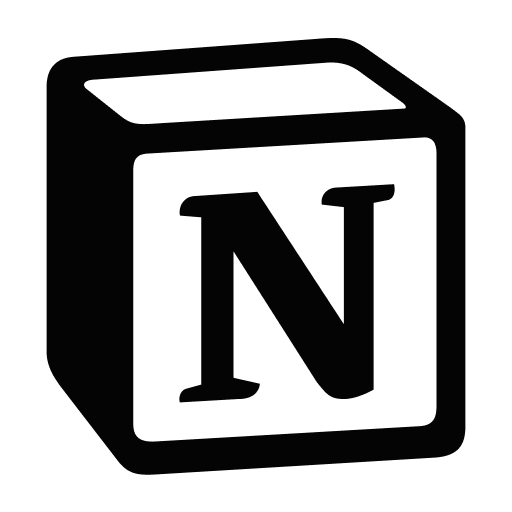
Why it’s great for small teams
Notion blends docs, databases, and lightweight tasking into a flexible team wiki and operating system. Use it for SOPs, onboarding, meeting notes, and simple roadmaps.
Key features
- Pages, databases, and linked views for custom dashboards
- Commenting, mentions, and page history
- Templates for wikis, OKRs, and project trackers
- Integrations and embeds (Figma, Loom, Drive, more)
Pricing snapshot
- Free plan with plenty for small teams
- Plus plan from about $8/user/month; Business adds advanced controls
Pro tip
Build a centralized “Company Home” with quick links to SOPs, policies, people directory, and active projects to reduce repeat questions.
7) ClickUp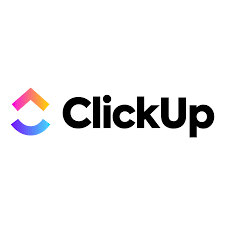
Why it’s great for small teams
ClickUp aims to replace multiple tools with tasks, docs, goals, whiteboards, and dashboards. If you want one workspace for almost everything, this is a strong value.
Key features
- Tasks with custom statuses, fields, and views (list, board, calendar, Gantt)
- Docs and whiteboards for planning and brainstorming
- Goals and dashboards for KPIs and workload
- Automations and robust integrations
Pricing snapshot
- Free Forever plan with core features
- Unlimited from about $7/user/month; higher tiers add advanced reporting/security
Pro tip
Start with a minimal hierarchy (Workspace > Space > Folder > List) and standardize statuses across teams to keep reporting clean.
How to choose (fast)
- Start with your stack: If you already pay for Microsoft 365 or Google Workspace, lean into Teams or Chat/Meet for savings.
- Map your must-haves: Messaging, tasks, docs, meetings—pick the 2–3 tools that solve 80% of your day.
- Test with a pilot: Run a 2–4 week trial with 3–5 real projects before rolling out to everyone.
- Keep it simple: Fewer tools = less training and context-switching.
- Watch admin controls: If you handle client data, check role-based access, audit logs, and backups.
Security note: Turn on MFA for all accounts, restrict external sharing, and set offboarding checklists so access is revoked when people leave.
FAQs
What’s the most affordable combo for a brand-new team?
- Google Workspace Business Starter (
$6/user) for email/docs/meet + Trello (free) for tasks is a lean, effective pair. If you prefer Microsoft, Teams Essentials ($4/user) + OneDrive/SharePoint can be similarly cost-effective.
Slack or Microsoft Teams—which should we pick?
- If your world revolves around Microsoft 365 files and calendars, Teams fits better. If you value a wide app marketplace, channel flexibility, and a polished chat experience, Slack is hard to beat.
Trello vs. Asana vs. ClickUp—how do they differ?
- Trello: simplest Kanban for small projects.
- Asana: structured project management with dependencies and timelines.
- ClickUp: “all-in-one” with tasks, docs, goals, and dashboards—more features, steeper setup.
Can we run entirely on free plans?
Yes—especially with Trello/Notion/ClickUp Free plus Slack Free. But most teams outgrow free tiers for permissions, automation, and admin features. Budget a small per-user fee as you scale.
How do we avoid tool sprawl?
Assign an “apps owner,” document your stack, and review quarterly. If two tools overlap heavily, consolidate.
Tags (comma-separated)
small business productivity, affordable business apps, team communication tools, project management apps, collaboration software, Slack alternatives, Microsoft Teams, Google Workspace, Trello for small business, Asana starter, Notion wiki, Clickup review, workflow automation, remote team tools, budget software 2025, SMB tools, team chat, task management, video meetings, knowledge base
Article From Taunsa Blogs




